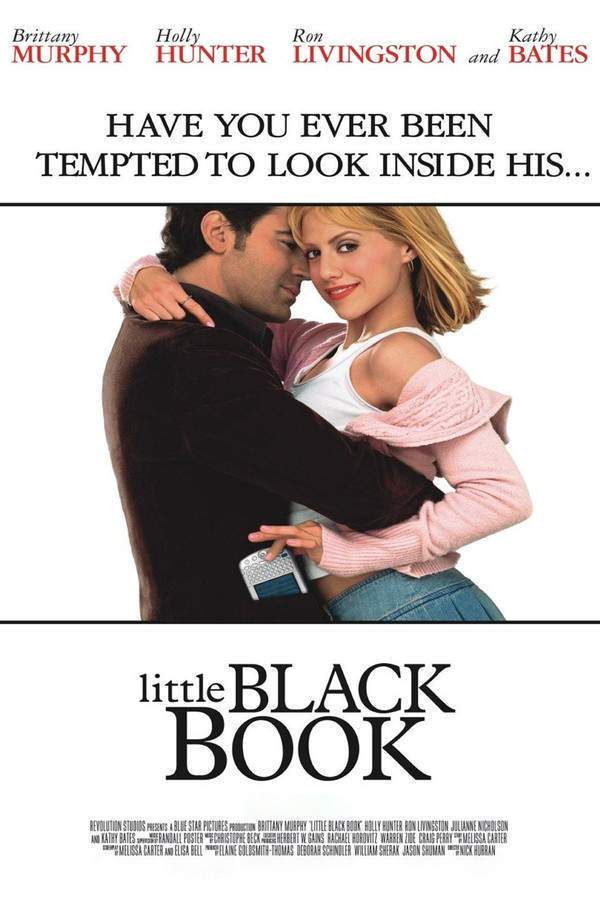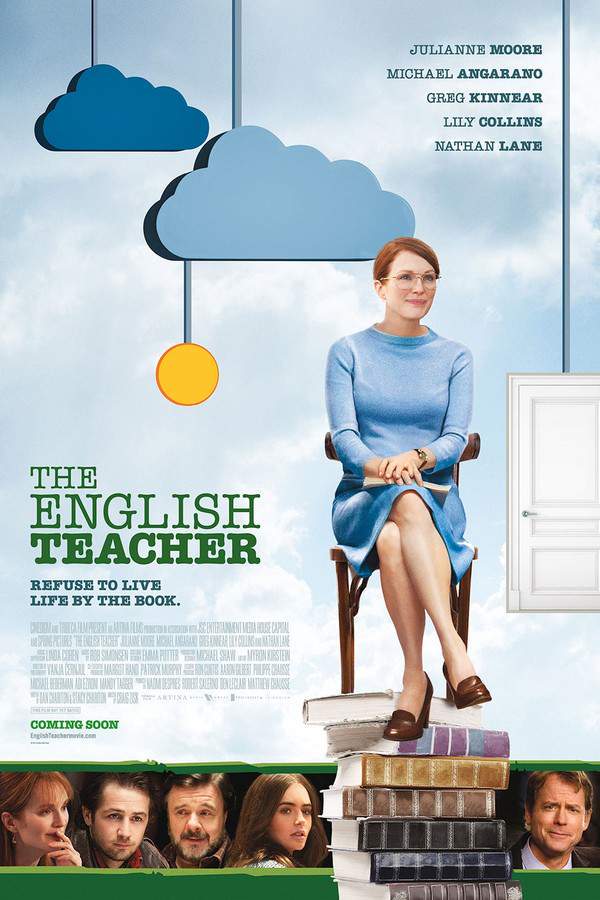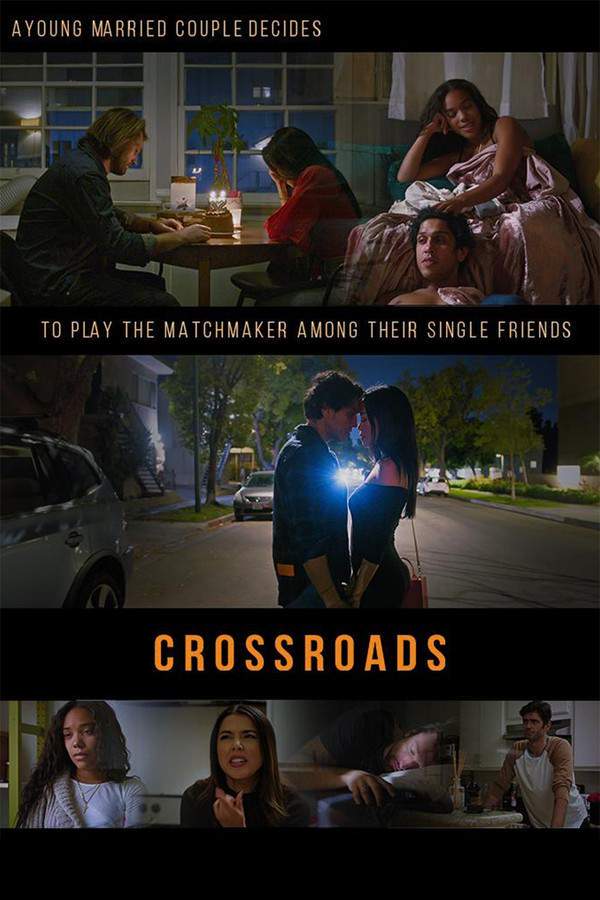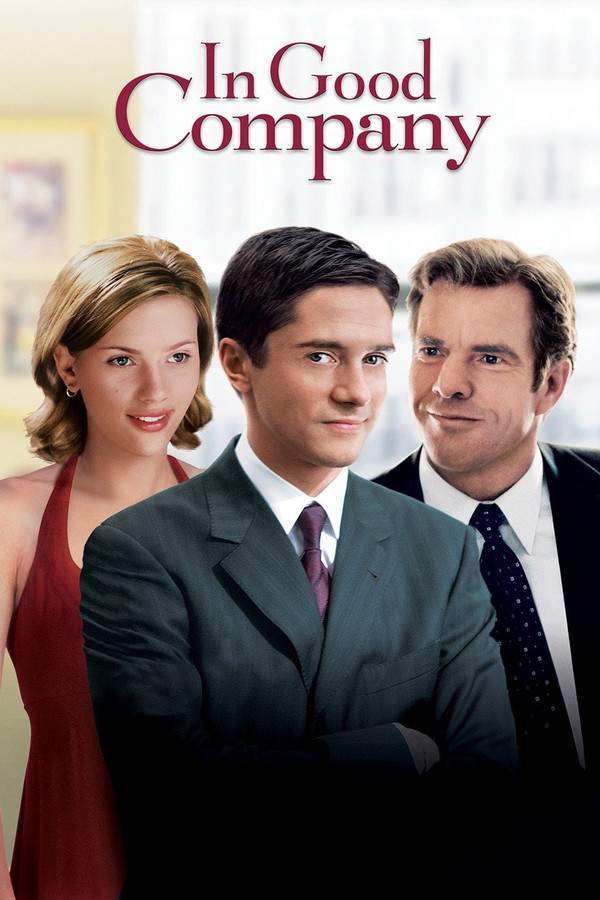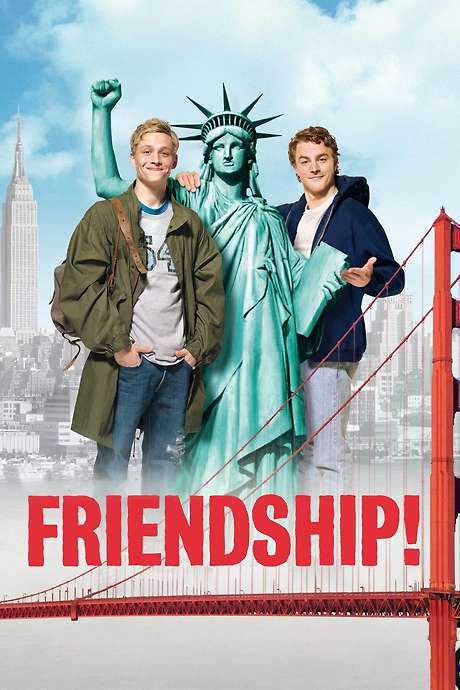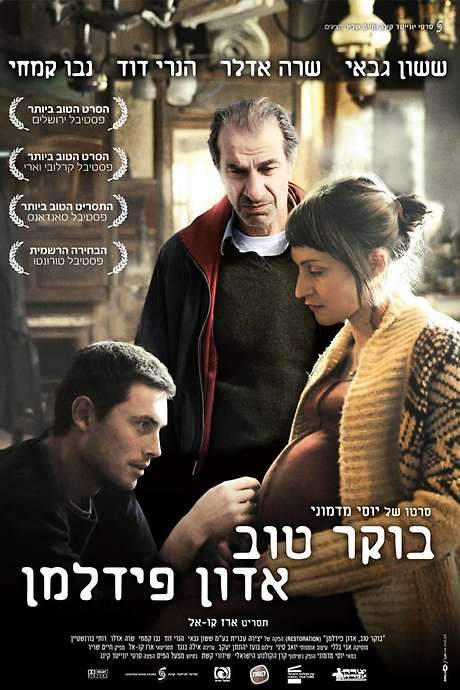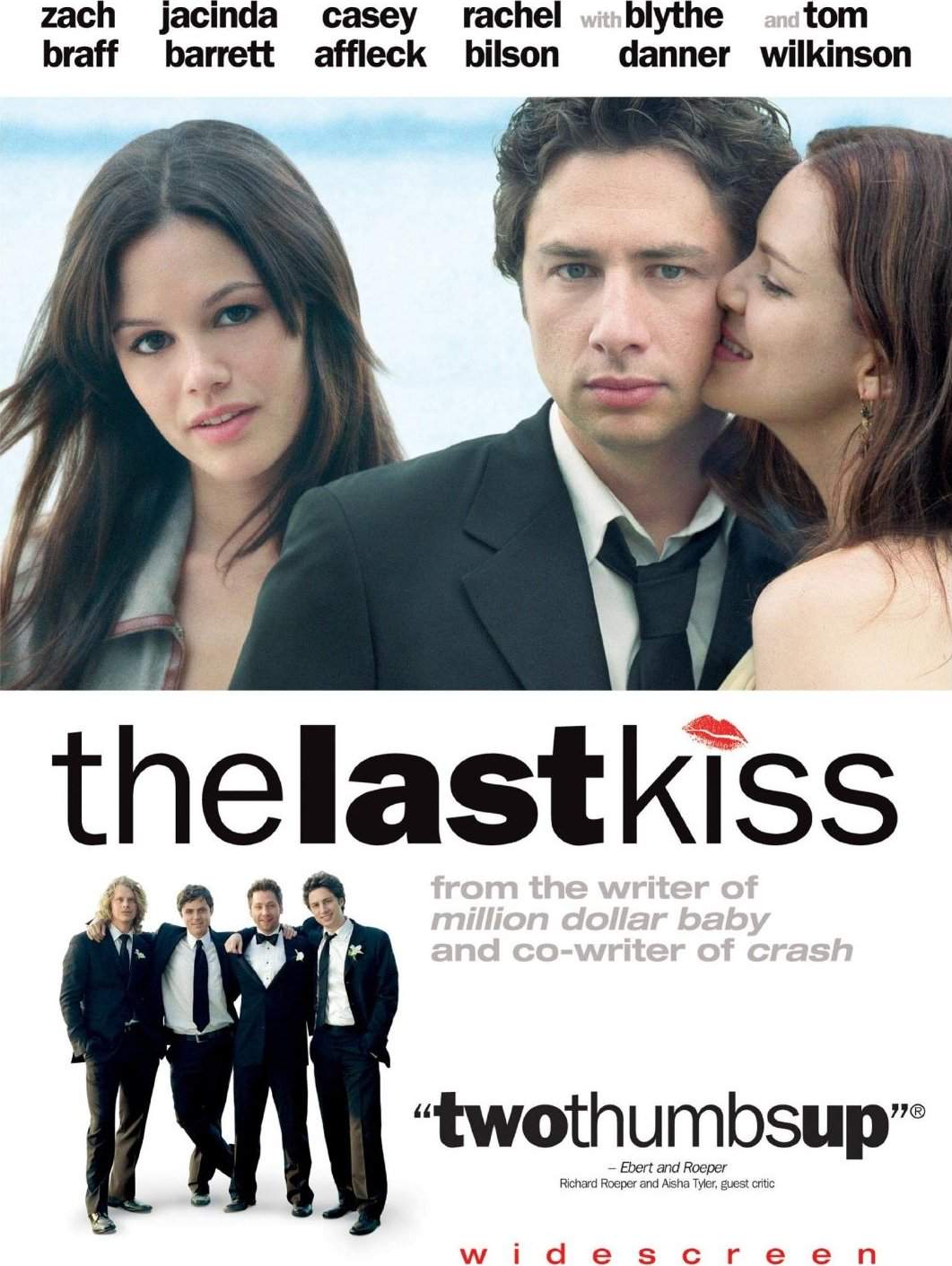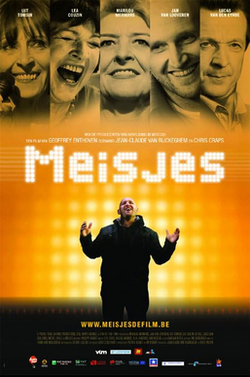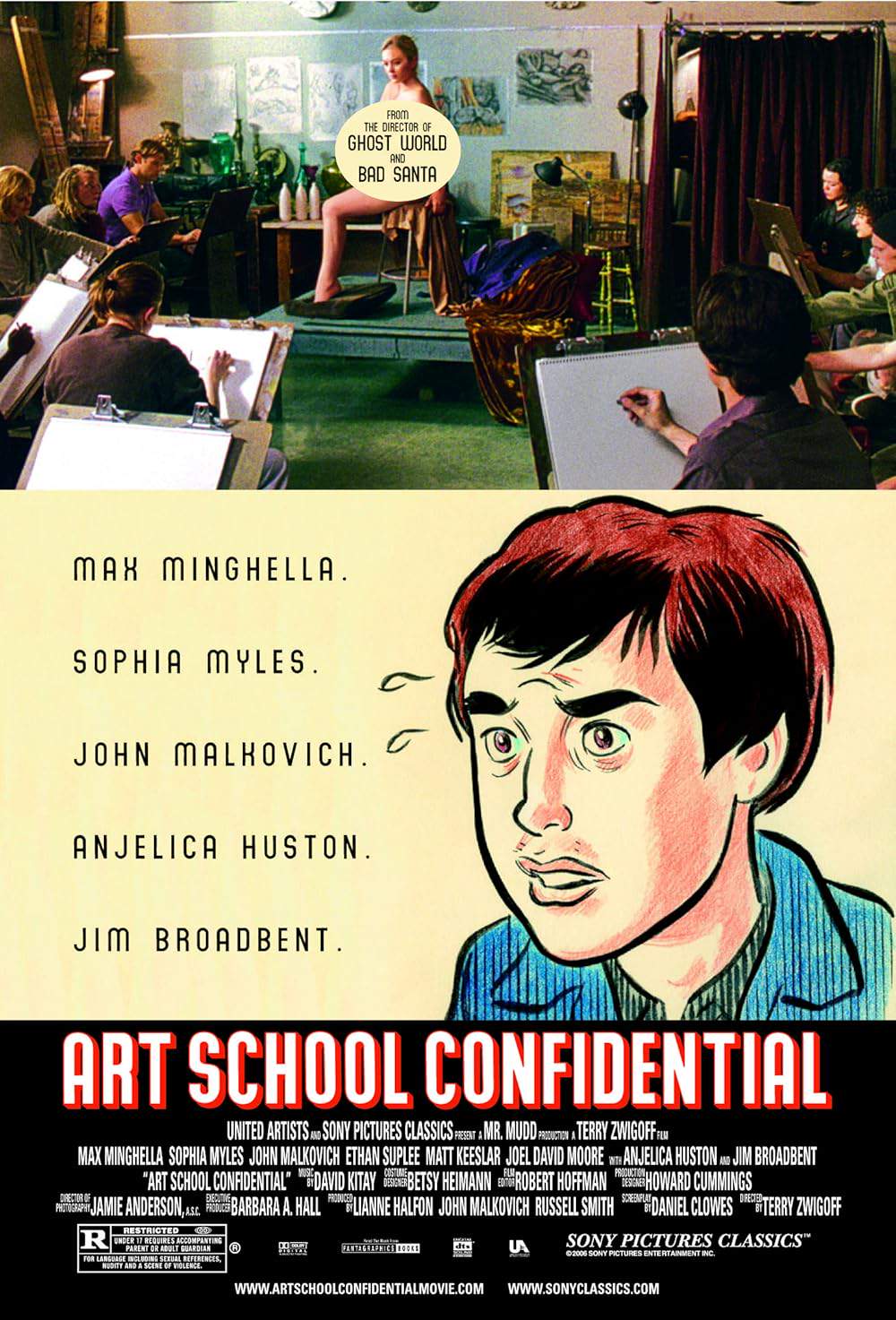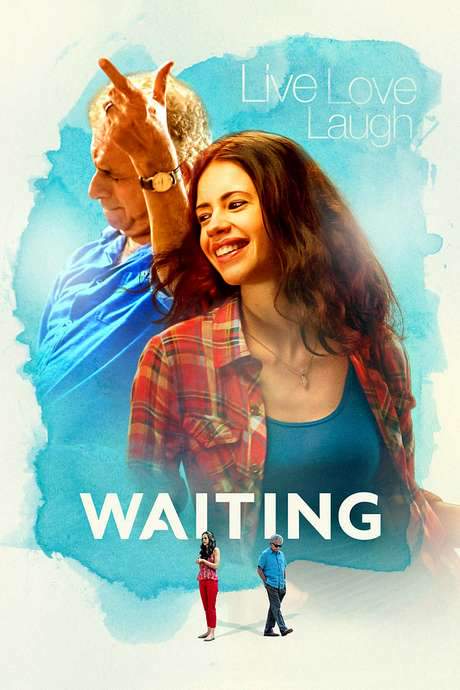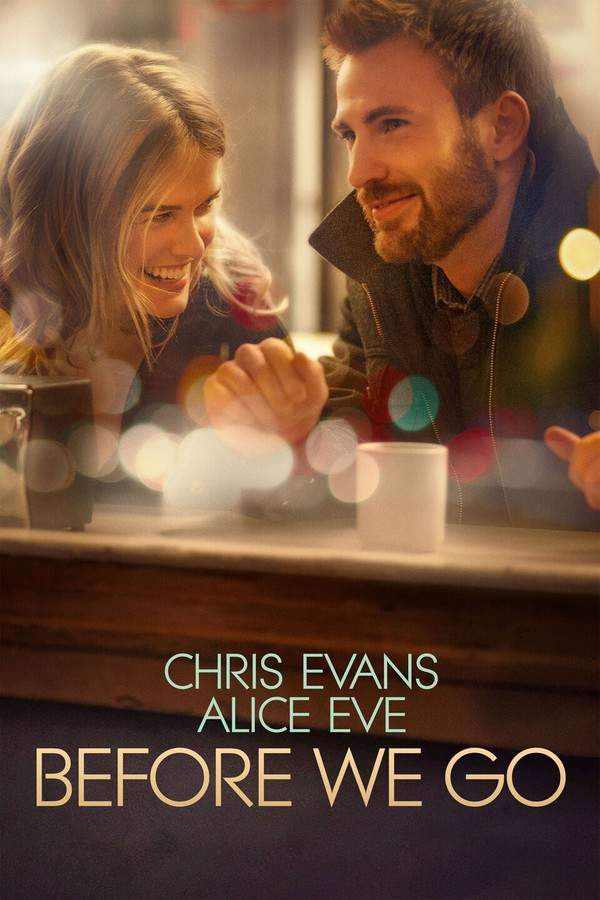
In Harmony
Year: 2015
Runtime: 88 mins
Language: French
Director: Denis Dercourt
Following a severe accident during a film shoot, equestrian Marc struggles to regain his hope of riding again. His insurance company assigns Florence to manage his case, and the story follows their encounter and the challenges they face as they work together.
Warning: spoilers below!
Haven’t seen In Harmony yet? This summary contains major spoilers. Bookmark the page, watch the movie, and come back for the full breakdown. If you're ready, scroll on and relive the story!
In Harmony (2015) – Full Plot Summary & Ending Explained
Read the complete plot breakdown of In Harmony (2015), including all key story events, major twists, and the ending explained in detail. Discover what really happened—and what it all means.
Marc Guermont, Albert Dupontel, is a Loire Valley horse trainer and stuntman whose steady routine on a film shoot is upended when an unrestrained dog frightens his horse. The animal’s fright sends Marc into a furious, uncontrolled spill that leaves him paraplegic and reliant on a wheelchair. On a rambling property and among a cluster of stables, Florence Kernel, Cécile De France, an insurance loss adjuster, arrives with a mix of professional drive and personal speed, intent on securing a quick payout of €300,000. Yet Marc’s wound runs deeper than the medical chart: he suspects the claim could be worth far more, a belief that proves accurate when a video of the accident reaches the loss-adjustment desk and hints at a greater potential victory in court.
During a subsequent visit, Marc’s command over his body and machine becomes a startling ride for Florence as he drives his specially adapted truck with a deft, almost defiant ease. The moment is electric, and it subtly lays bare the ethical quagmire surrounding Florence’s job: her boss pushes for speed and signatures, sometimes at the expense of nuance and humanity. Florence reveals a personal past she scarcely admits to herself—she once played the piano, until a crucial exam failure steered her away—an admission that sweetly softens the tension between the two. As if inviting her to brave fear, Marc persuades Florence to mount his horse. She starts out terrified, but the experience soon yields a rare sense of freedom and exhilaration as she learns to trust the steady rhythm of the animal beneath her.
Back home, Florence lives with her husband and two children, and the quiet rhythm of family life begins to feel incongruent with the new pull she feels toward Marc. The narrative threads tighten as Marc, stubborn and proud, tries to mount his horse again using a knotted rope and upper-body strength; the attempt ends in a panic, a fall, and a hospital stay. A dream sequence follows in which he rides a gleaming white horse along a sunlit beach, a vision that foreshadows renewed possibility and the resilience of will. He gradually recovers, mounting his horse again with a more secure saddle and a patient, incremental approach that signals a deeper transformation than his physical recovery alone.
As the plot unfolds, Marc makes a practical move by purchasing an ATV, a small victory that symbolically widens his world beyond the confines of the stables and the chair. Florence, meanwhile, finds her professional boundaries tested: her boss removes her from Marc’s case, and she begins to pity him even as her attraction deepens. In a turn of moral ambiguity, she discreetly passes him the contact information of a top lawyer who might help him build a stronger case for compensation. The lawyer, a figure of professional acuity and strategic, legal cunning, aims to secure a substantial payout but insists on taped evidence of conversations with the insurance company to strengthen the claim. This creates a tense push-pull dynamic between Florence’s sympathy and her duty, culminating in a moment when Marc privately asks if Florence has a recording of their conversations.
The emotional center of the film crystallizes in a late-night moment when Florence, consumed by guilt and drawn to Marc, slips into his house at dusk, leaving a voice recorder in his bed. As night gives way to an intimate dawn, the two share a kiss, and, off camera, they have sex, a scene that underscores the film’s tenderness and its insistence on human connection beyond physical limits. The morning after finds them spending time together on a speedboat and along a tranquil Loire lake, moments laced with possibility but also edged with ambiguity about what comes next. They are not shown together again after these scenes, and the tension between duty, desire, and conscience continues to hover over their choices.
In a decisive but ultimately solitary turn, Florence mails the recorder directly to the lawyer, whose legal strategy helps secure Marc’s compensation in court. The consequences of these actions ripple outward: Florence is fired for crossing professional boundaries, yet she also reclaims a personal passion, rekindling her love for classical piano and even taking a piano exam again. She discovers a sense of purpose anew, eventually taking a job at the local library. The story closes with Florence watching a television broadcast of Marc competing in a dressage event, performing confidently with his horse, Othello, and she weeps in a moment of unresolved emotion. A final cut shows Marc driving home from the competition in a horsebox, leaving their relationship—and the future of their bond—open to interpretation, a quiet close that invites the audience to ponder what their lives might become beyond the screen.
Throughout, the film threads together themes of resilience, desire, and ethical ambiguity, painting a portrait of two people who navigate the gray areas between professional obligation and personal longing. The performances—especially the restrained courage of Marc and the nuanced complexity of Florence—underscore a story about how love can emerge in unexpected places, how limits can be tested, and how choices, even when fraught with risk, can lead to a new sense of direction. The ending leaves space for interpretation, inviting viewers to reflect on what genuine connection, healing, and renewal might look like when faced with physical limitation, professional pressure, and the unpredictable tides of life in the Loire region.
Last Updated: October 09, 2025 at 16:04
Explore Movie Threads
Discover curated groups of movies connected by mood, themes, and story style. Browse collections built around emotion, atmosphere, and narrative focus to easily find films that match what you feel like watching right now.
Movies about professional boundary crossings like In Harmony
Stories where professional roles blur in pursuit of personal care and connection.If you liked the dynamic between Marc and Florence in In Harmony, this list features similar movies where professional relationships become personally complicated. Discover other dramas about ethical dilemmas, human connection, and the blurred lines between helping and becoming too involved.
Narrative Summary
The narrative pattern involves a professional-client relationship that gradually deepens beyond its formal confines. The story explores the internal conflict of the professional as they navigate their duty versus their growing empathy, often leading to risky decisions that challenge their career and the well-being of the person they are trying to help.
Why These Movies?
Movies are grouped here for their shared focus on the tension between professional obligation and personal compassion. They feature character-driven stories with a steady pace and medium emotional intensity, centered on the moral complexities that arise when human connection disrupts established rules.
Movies about recovery and resilience like In Harmony
Quiet character studies about rebuilding life after a life-altering event.For viewers who appreciated the realistic and hopeful portrayal of recovery in In Harmony, this collection features similar films about overcoming adversity. Find other steady-paced, character-focused dramas that explore the challenging but inspiring journey of rebuilding one's life and spirit.
Narrative Summary
These narratives follow a linear, steady progression as a character grapples with the aftermath of a life-changing accident or loss. The journey is internal, focusing on psychological adaptation, relearning, and finding new purpose. The endings are often ambiguous or bittersweet, reflecting that recovery is an ongoing process, not a finite destination.
Why These Movies?
These films are connected by their shared mood—a blend of melancholic reflection and hopeful resilience. They possess a steady pacing that allows for deep character exploration and a medium emotional weight that is engaging without being overwhelming, perfectly capturing the nuanced experience of moving forward.
Unlock the Full Story of In Harmony
Don't stop at just watching — explore In Harmony in full detail. From the complete plot summary and scene-by-scene timeline to character breakdowns, thematic analysis, and a deep dive into the ending — every page helps you truly understand what In Harmony is all about. Plus, discover what's next after the movie.
In Harmony Timeline
Track the full timeline of In Harmony with every major event arranged chronologically. Perfect for decoding non-linear storytelling, flashbacks, or parallel narratives with a clear scene-by-scene breakdown.

Characters, Settings & Themes in In Harmony
Discover the characters, locations, and core themes that shape In Harmony. Get insights into symbolic elements, setting significance, and deeper narrative meaning — ideal for thematic analysis and movie breakdowns.

In Harmony Spoiler-Free Summary
Get a quick, spoiler-free overview of In Harmony that covers the main plot points and key details without revealing any major twists or spoilers. Perfect for those who want to know what to expect before diving in.

More About In Harmony
Visit What's After the Movie to explore more about In Harmony: box office results, cast and crew info, production details, post-credit scenes, and external links — all in one place for movie fans and researchers.










